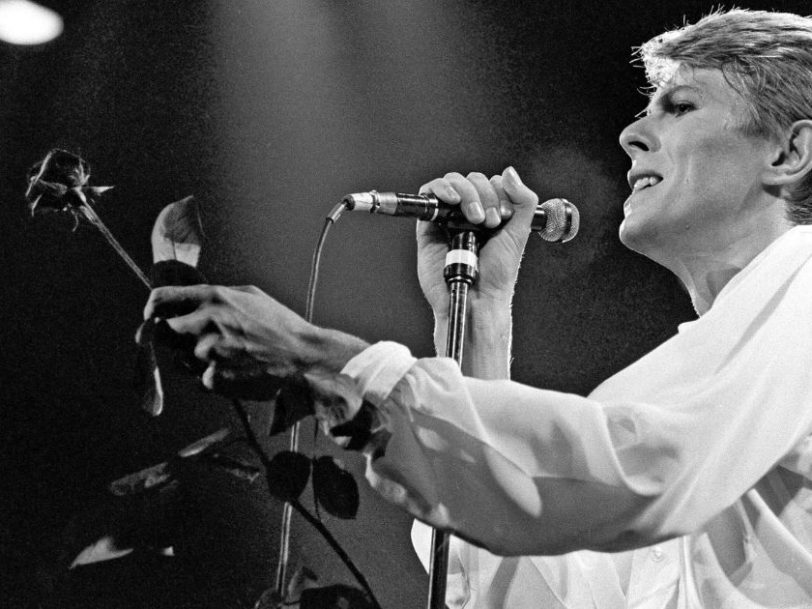1977 was another momentous year for David Bowie. At the heart of a transformative two-year period during which he swapped the madness of Los Angeles for an anonymous apartment in the then divided Berlin, this annus mirabilis also produced the albums Low and “Heroes”, artistic twin peaks which drew up the blueprint for post-punk and the world beyond. Yet, while Bowie proved he was nigh-on unbeatable in the studio in 1977, he spent much of the following year bringing his new music to the masses on his Isolar II – The 1978 World Tour, with the trek also spawning his second official live album, Stage.
Listen to ‘Stage’ here.
“These performances seem timeless to me”
Unlike Bowie’s original Isolar – 1976 Tour, undertaken in support of that same year’s Station To Station album, Isolar II didn’t feature a screening of Luis Buñuel and Salvador Dalí’s surrealist film Un Chien Andalou as an entrée, but otherwise it proceeded in a similarly minimalist vein. The idea behind the stark fluorescent lighting of the 1976 stage design was retained, but further developed and expanded to create a large cage of tube lights. Enclosing the stage, the lights pulsated moodily during the slower instrumental pieces from Low and “Heroes”, and flashed frenetically during the set’s faster songs.
Isolar II also trumped its predecessor in terms of endurance. The earlier tour ran for 66 shows across the US and Europe, but the Isolar II itinerary featured 78 shows and also reached into Oceania and Asia. Ultimately, it stretched across most of 1978, with the initial North American leg opening at the San Diego Sports Arena, on 29 March, and the final run of Asian shows concluding at Tokyo’s NHK Hall, on 12 December.
Drawing parallels with Bowie’s earlier, far-reaching Diamond Dogs Tour of 1974 – the trek that resulted in his first in-concert album, David Live – the schedule allowed precious little opportunity for respite. Indeed, not only did Isolar II play to an estimated one million people, but its closing legs were booked around the early sessions for Bowie’s next album, Lodger, which he had begun recording in Montreux, Switzerland, in September 1978.




